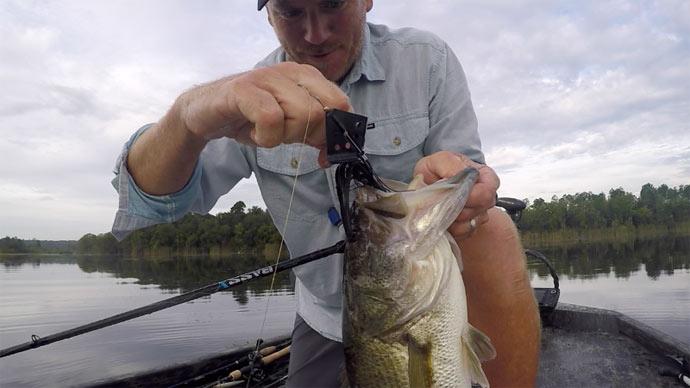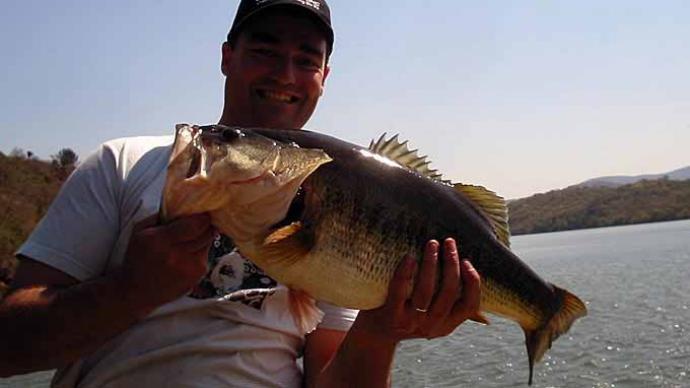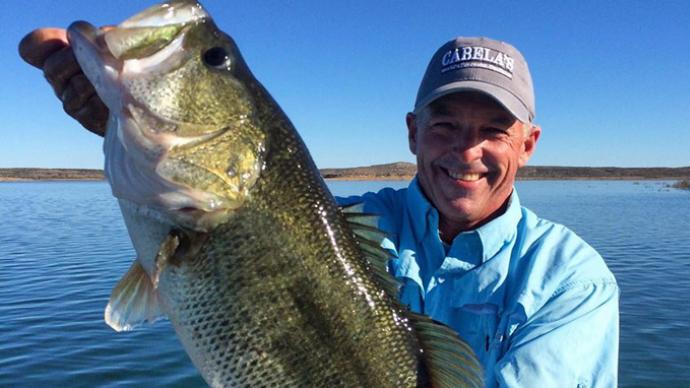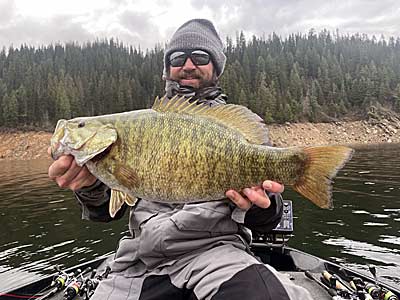
Ask any angler, and you'll see that two of the biggest goals for a day of fishing are to catch a bunch of fish or to land a big bass. While catching a pile of fish in a day is fun, it's the big bass, the true trophies, that anglers remember for their entire lives. That's why anglers always remember the exact weight of the biggest bass they've ever caught, what they caught it on and where they were fishing. Bass anglers always keep track of their personal bests and compare them when talking about fishing with another angler. It's just what we do.
Fishing specifically for big bass takes a different approach than targeting numbers of fish. It includes selecting the right baits, putting yourself in the best waters at the best times of the year, and focusing solely on the biggest fish in your waters. While some of catching a big fish can be considered luck, doing all the right things will put the odds in your favor for catching a trophy bass.
A Trophy Mindset
One of the first things to consider when targeting a trophy is to define what "trophy" means to you. What you call a trophy fish varies significantly based on your angling experience, expectations, and where you live. Certain regions of the country have much bigger bass than others, and a ten-pound bass might be your goal in some areas, and that number would be unrealistic in other states. No matter what you call a trophy, catching bigger class fish requires a different mindset, as the biggest fish in the lake will act much differently than the average-sized bass.
Mostly, large bass do things their way and are not often found in schools with smaller fish. There are exceptions, of course, but if you are catching a pile of one and two-pound bass in one spot, the odds are that a giant bass is not swimming right there with them.
Big bass are often seen as loners, doing their own thing in different parts of the lake and eating larger forage than smaller fish do. If you are catching fish, but not big ones, it's a good indication that you need to do something different. It could be switching areas completely, fishing deeper or more main lake areas, or switching baits, but your approach typically needs to change.
The Right Place and Right Time
Big bass get big by being smart and avoiding lures and natural hazards their entire lives. They've seen it all and know the sounds and vibrations of anglers and the popular fishing lures. Unfortunately, this makes them harder to catch for much of the year.
The two instances when they are most vulnerable and accessible to anglers are during the spring when they push shallow to spawn, and during the late fall, when they feed up heavily in advance of winter. These are two of the best times for trophy bass and easily the most common times to catch a lunker, both during the spawning period and during colder weather.
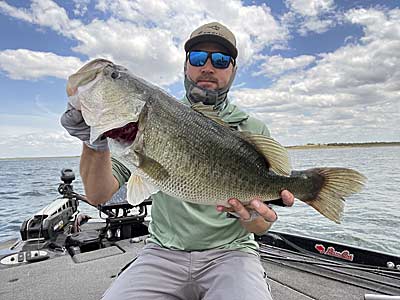
Fishing as much as possible during these periods will help put you in a better position to catch bigger bass. A big bass can happen after any cast, which makes fishing special, but there are windows in time when you have a much better chance at hooking a big one. Fishing more in these situations is crucial for increasing your odds.
The other obvious but essential part of chasing big bass is to fish where they live. This includes areas on a body of water and fishing lakes known for bigger bass. Lakes go in cycles with solid year classes from good spawns that lead to larger numbers of big bass several years later. This leads to lakes having good years for big bass, which are prime times to spend more time there. Keeping tabs on the "hot lake" in your area and where big bass are being caught is one way to ensure you are fishing the best waters producing bigger fish.
Another good way to help your chances at catching a fish of a lifetime is by traveling to regions with colossal bass. It could be Texas, Florida, or even Mexico for largemouth or the many smallmouth hotspots in the northern states. Of course, hiring a guide in one of these hotspots is not guaranteed to catch your biggest bass, but it will undoubtedly increase your chances.
Going Big
You hear about it all the time when an angler catches a monster bass with a crappie jig or some finesse bass fishing rig. It happens often and the old fishing saying that says "elephants eat peanuts" comes to mind. Big bass will indeed eat tiny baits, but going with bigger baits is one way to match what large fish typically eat.
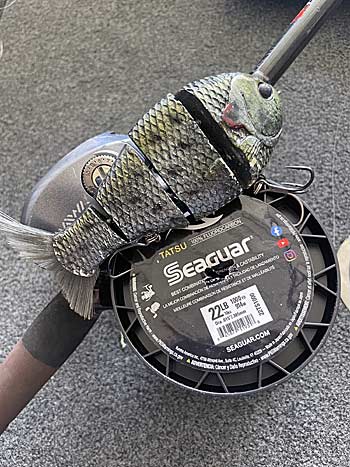
One of the most common big fish lures is the swimbait, and large baits that imitate bluegill, gizzard shad, or trout catch some giant bass each year. While lures like swimbaits are great options for big bass, you can use the same approach with other baits simply by using larger options. It's one of the easiest ways to increase your chances of catching bigger bass.
Larger crankbaits, jerkbaits, jigs, and soft plastics are good ways to increase your odds of catching bigger-than-average fish. Big bass eat more and bigger prey to survive, and upping the size of your bait is one way to have a better shot at catching bigger fish. Of course, bigger baits will still catch average and smaller fish, but the bigger baits have a knack for catching trophy fish.
The allure of catching big bass is something that drives all bass anglers. Whether it's a new personal best or just catching the biggest bass on the day, having the right mindset and approach is the best way to make it happen.


